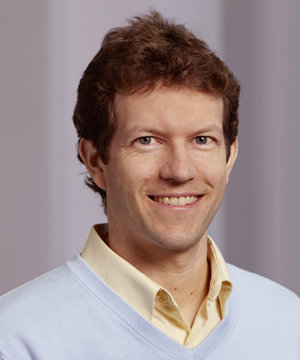
18.07.2022 | Adrian Perrig, ETH Zürich
Biography

Adrian Perrig is a Professor at the Department of Computer Science at ETH Zürich, Switzerland, where he leads the network security group. He is also a Distinguished Fellow at CyLab, and an Adjunct Professor of Electrical and Computer Engineering at Carnegie Mellon University. From 2002 to 2012, he was a Professor of Electrical and Computer Engineering, Engineering and Public Policy, and Computer Science (courtesy) at Carnegie Mellon University. From 2007 to 2012, he served as the technical director for Carnegie Mellon's Cybersecurity Laboratory (CyLab). He earned his MS and PhD degrees in Computer Science from Carnegie Mellon University, and spent three years during his PhD at the University of California at Berkeley. He received his BSc degree in Computer Engineering from EPFL. He is a recipient of the ACM SIGSAC Outstanding Innovation Award. Adrian is an ACM and IEEE Fellow. Adrian's research revolves around building secure systems -- in particular his group is working on the SCION secure Internet architecture.
Experiencing a new Internet Architecture
Abstract
Imagining a new Internet architecture enables us to explore new networking concepts without the constraints imposed by the current infrastructure. What are the benefits of a multi-path inter-domain routing protocol that finds dozens of paths? What about a data plane without inter-domain forwarding tables on border routers? What secure systems can we build if a router can derive a symmetric key for any host on the Internet within nanoseconds?
In this presentation, we invite you to join us on our 12-year long expedition of creating the SCION next-generation secure Internet architecture. SCION has already been deployed at several ISPs and domains, and has been in production use since 2017. On our journey, we have found that path-aware networking and multipath communication not only provide security benefits, but also enable higher efficiency for communication, increase network capacity, and can even provide opportunities for reducing the carbon footprint of communication.